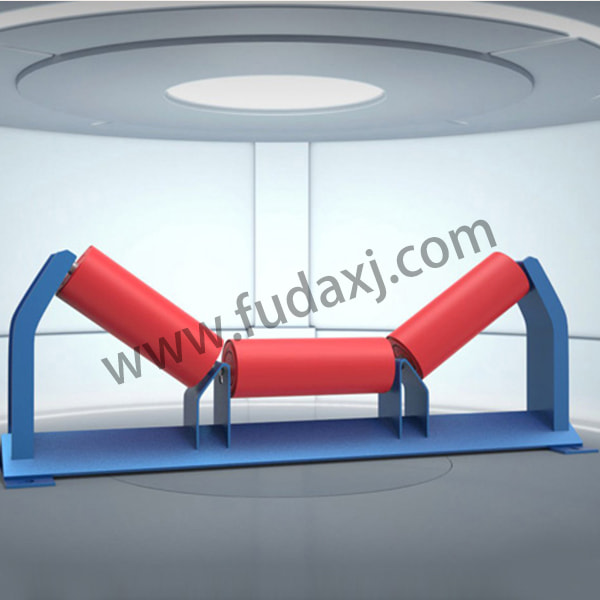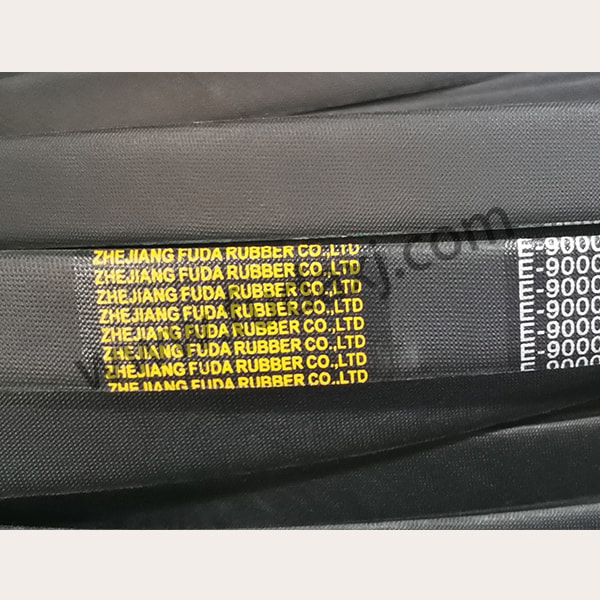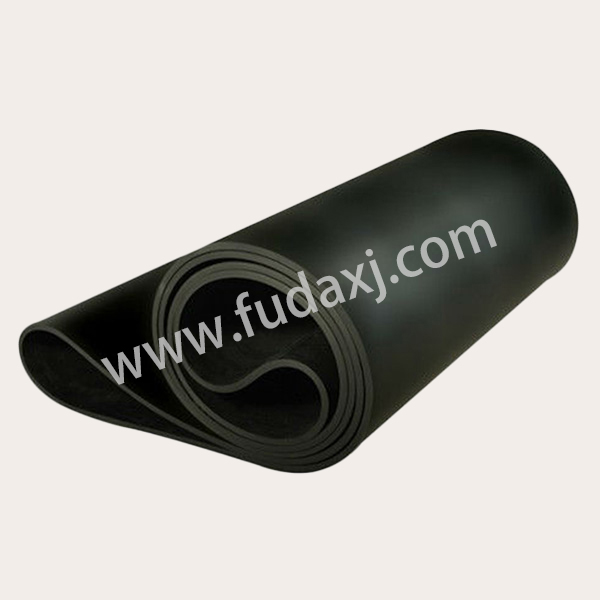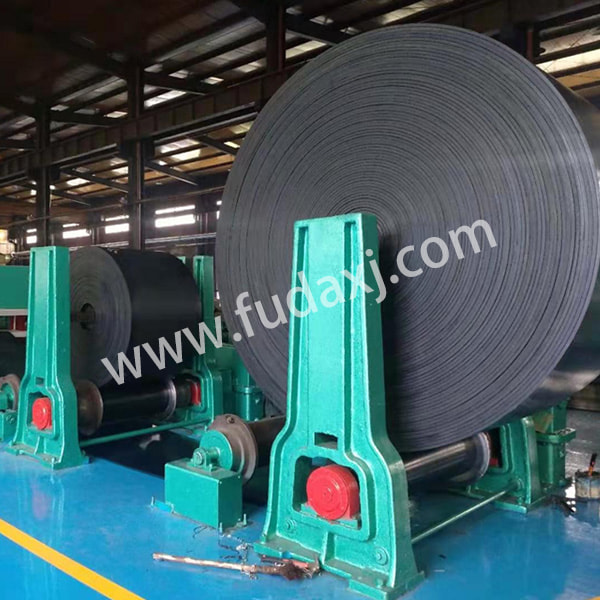
Cheap Design High Quality Cement Conveyor Belt in China Maker
Cement is the backbone of the construction industry, and its efficient transportation is essential for the timely completion of projects. Cement conveyor belts are a key component in this process, ensuring the safe and reliable movement of cement from production to application.
Cement conveyor belts are designed to handle large volumes of material with small downtime. They are crucial for maintaining the flow of cement from production facilities to storage or directly to construction sites, reducing the need for multiple handling and transportation methods.
The use of conveyor belts smalls the risk of accidents associated with manual handling and reduces the potential for damage to the cement during transit. They also provide a consistent and reliable method of transportation, which is critical for project scheduling and delivery.
Cement conveyor belts are made from durable materials that can withstand the abrasive nature of cement. They are typically constructed with multiple layers of fabric reinforcement, coated with a wear-resistant cover to ensure longevity and performance.
The drive system of a conveyor belt consists of a motor, pulley, and tensioning mechanism. The motor powers the pulley, which in turn drives the belt. The tensioning mechanism ensures the belt maintains the correct tension for good operation.
Cement conveyor belts require a stable and level support structure to prevent sagging or misalignment, which could lead to belt damage or material spillage. Regular maintenance and inspection are necessary to ensure the conveyor system remains aligned and functions correctly.
Conveyor belts offer a cost-effective solution for the transportation of cement. They reduce labor costs associated with manual handling and small the need for additional transportation vehicles.
By reducing the need for multiple transportation methods, conveyor belts help to lower the carbon footprint of the construction industry. They also small dust and noise pollution during the transportation process.
Cement conveyor belts can be designed to accommodate varying capacities and distances, making them suitable for a wide range of construction projects, from small-scale residential builds to large commercial and industrial developments.
Conveyor belts can be customized to meet specific project requirements, including the type of material being transported, the distance over which it needs to be moved, and the environmental conditions in which the belt will operate.
One of the challenges of using cement conveyor belts is the need for regular maintenance to prevent wear and tear. This includes cleaning the belt, checking for signs of damage, and replacing worn components.
To address maintenance challenges, many conveyor belt systems are now equipped with monitoring and diagnostic tools that can detect issues before they become critical. Additionally, the use of high-quality materials and components can extend the lifespan of the belt and reduce the frequency of maintenance.
Cement conveyor belts can be affected by environmental factors such as weather and temperature changes. These can cause the belt to expand or contract, potentially pilot to misalignment or damage.
To mitigate the impact of environmental factors, conveyor belts can be designed with adjustable tensioning systems that allow for changes in belt length. Additionally, protective covers can be used to shield the belt from direct exposure to the elements.
Cement conveyor belts are an integral part of the construction industry, providing a safe, efficient, and cost-effective method of transporting cement from production to application. With advancements in technology and materials, these systems continue to evolve, offering even greater benefits to the industry.
 English
English 简体中文
简体中文 Español
Español عرب
عرب
 English
English





 Fax: 0086-576-83019528
Fax: 0086-576-83019528